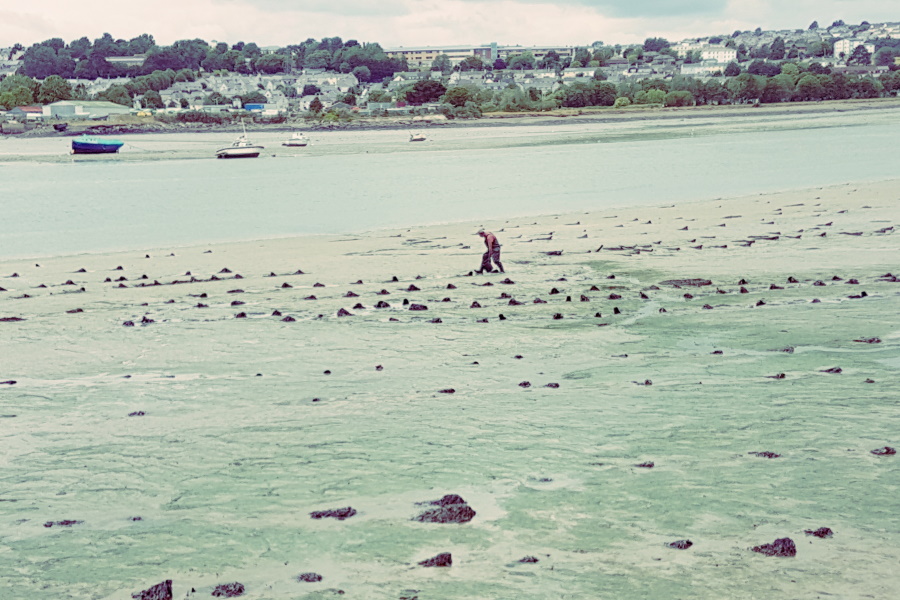Bait Collecting Around the Estuaries
The shores of the Plymouth Sound & Estuaries MPA are delicately balanced and complex ecosystems. Mudflats and sandflats are designated features of the Special Area of Conservation, as well as protected feeding grounds for birds in the Special Protection Area. You can help to preserve bait collecting grounds for future generations by observing some simple guidelines to minimise disturbance and keep collection sustainable.
Restrictions
Bait digging for personal use does not require a licence and is unrestricted around the Tamar Estuaries in most cases, with the following exceptions:
- An area off Saltash where, under Cornwall Council local byelaws, bait digging is not permitted.
- Bait digging within the tidal areas of the Special Protection Areas of St Johns Lake, Lynher Estuary, Tamar and Tavy Estuaries will need consent from Natural England.
All bait diggers should do so responsibly and should not dig around moorings or in commercial shellfish beds.

The Bait Collectors' Code
- Back fill all diggings and replace all rocks and stones. This minimises disturbance to the animals left and does not interfere with other beach users.
- Avoid digging close to boat moorings, slipways or sea walls. This prevents conflict with other users and reduces potential undermining of the structures.
- Obtain permission before crossing private land and preferably use rights of way. This safeguards access to the worm beds for the future.
- Do not dig in eelgrass beds or in the upper shore areas. This protects our sensitive habitats and the lugworm nursery areas.
- Put rocks back as you found them especially when collecting peeler crabs. Take care not to trap seaweed under the rocks.
- Be sensitive to feeding birds and avoid unnecessary disturbance.
- Always get landowners permission before laying crab traps and lay them at a low angle to reduce visual impact.
- Only take what you can use or keep, and leave undersized worms: 10cm for Lug and 15cm for King Rag. Avoid digging in April and May as King Rag are spawning and release any bright green worms as they are spawning.
- Do not take crabs in berry (egg bearing) or prawns that are egg bearing. Release crabs that are too small (the shell the size of a £2 coin) and be aware that edible crabs are subject to a legal minimum size.
- Observe sensible safety precautions on the muddy shores.
- Avoid digging alone; leave location details and expected return time with a responsible adult; carry a mobile phone, whistle and rope.
(Reproduced with acknowledgements to Plymouth Federation of Sea Anglers Clubs and Helford Voluntary Marine Conservation Group).
Permits & byelaws
Regulated by the Inshore Fisheries Conservation Authorities
There are a number of byelaws in place in the Plymouth Sound and Tamar Estuaries, and permits must be obtained for a number of activities, including recreational potting, netting, and diving for lobster, crab or scallops. Keep up to date by visiting the regional IFCA websites.
